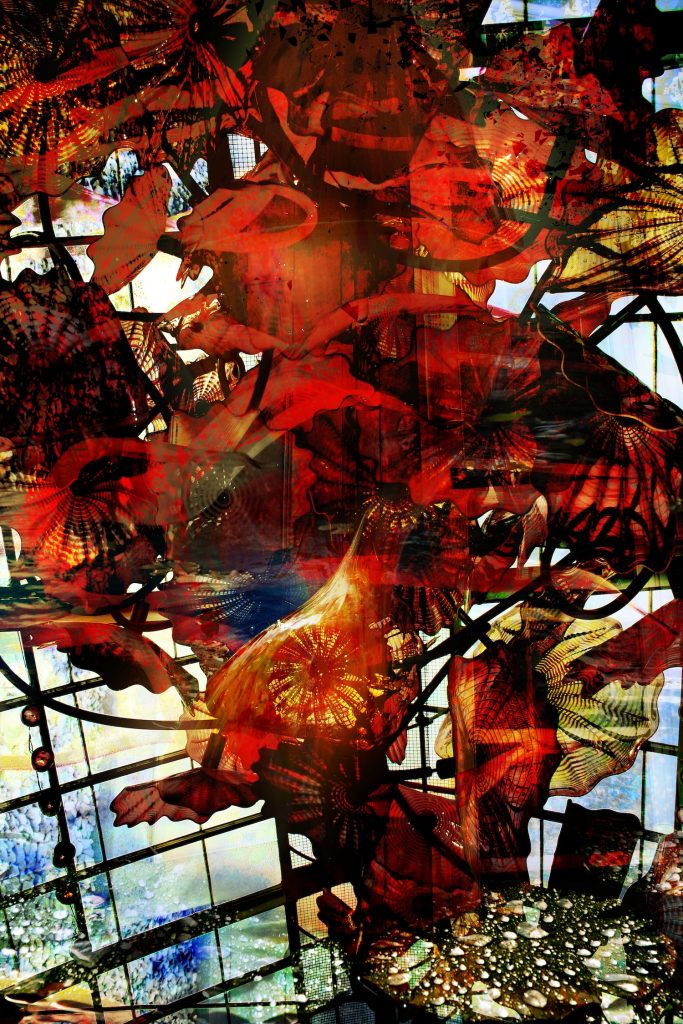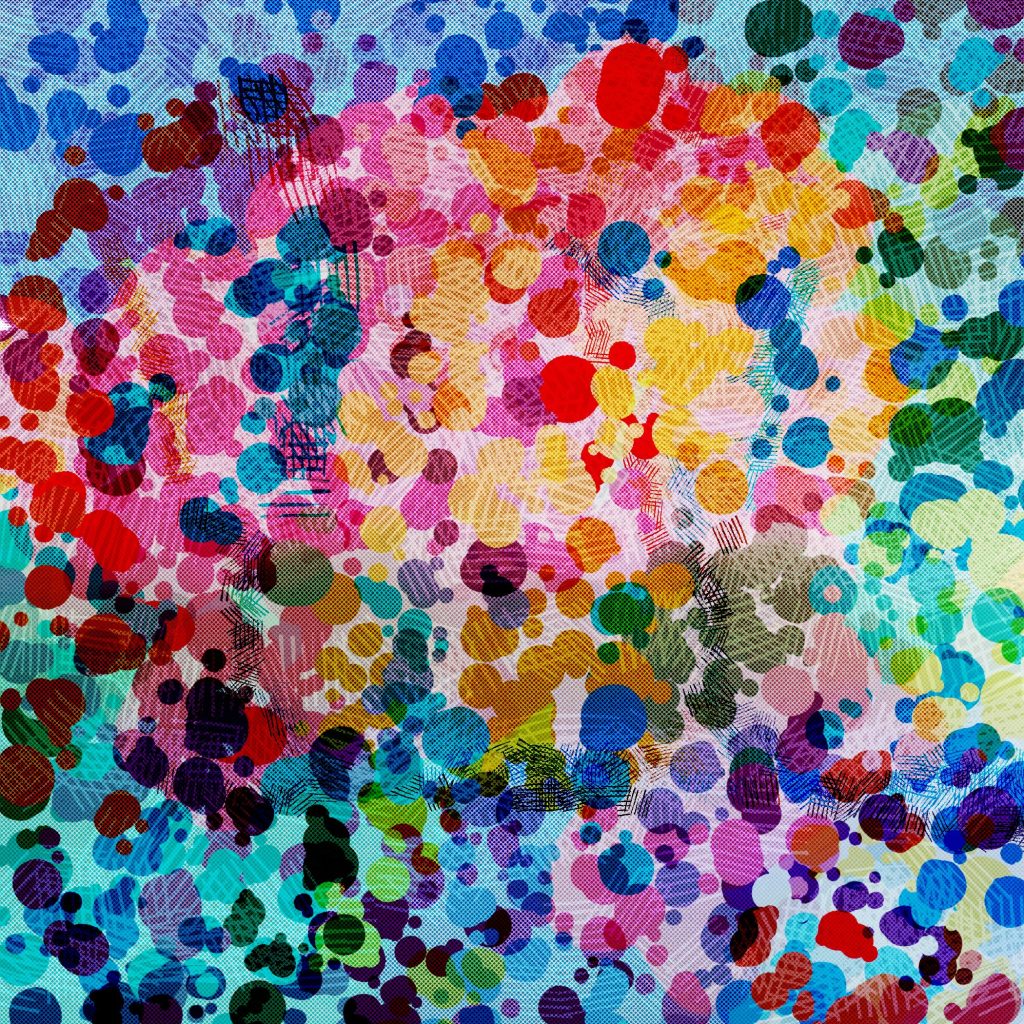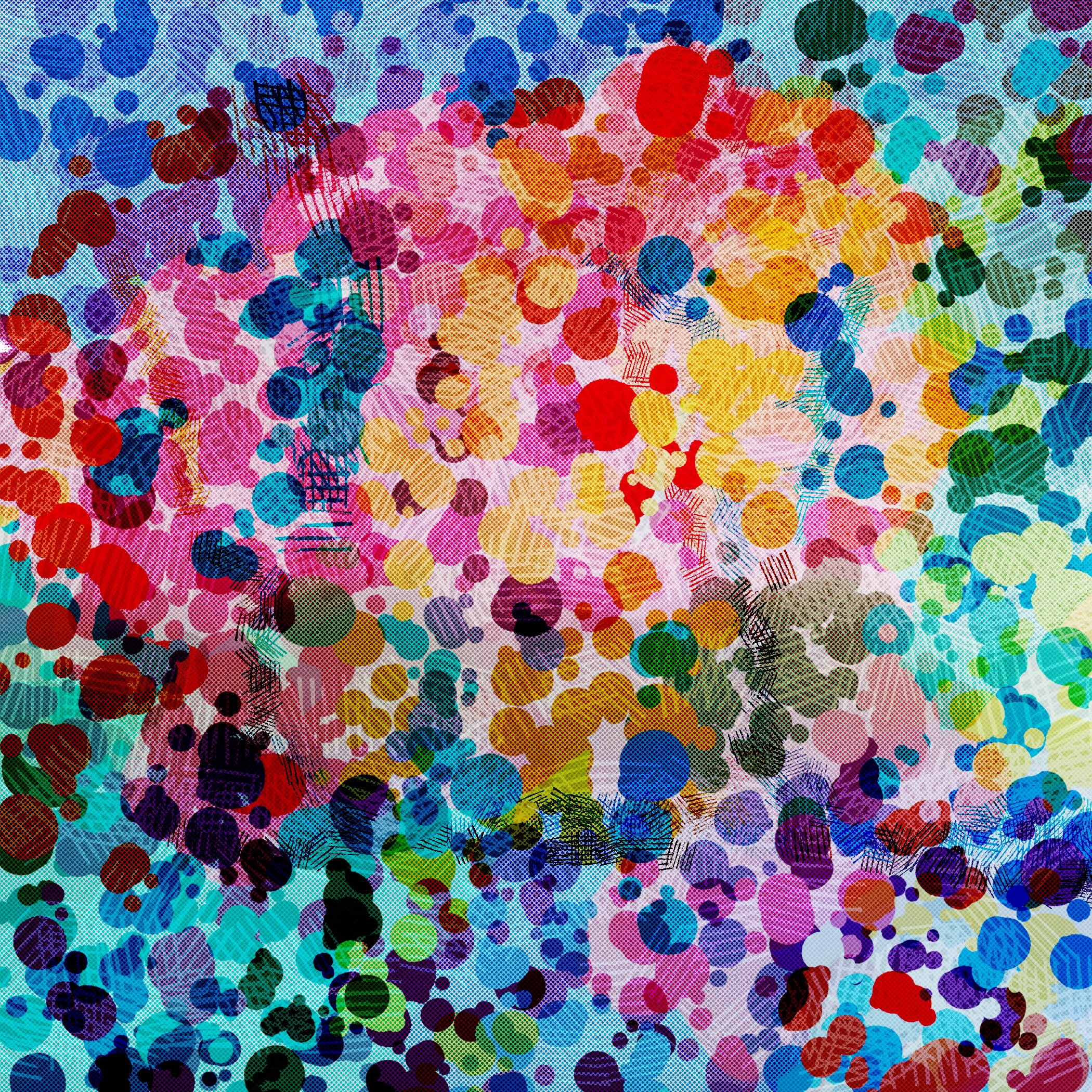I think quite a bit about the pride one feels for the process of making art as much as the pride in the artwork (or the product of process). I also think a lot about the pathology that makes us hesitate before jumping into the creative process and celebrating our engagement in the act of creation. This imposter phenomenon comes in many forms (like folks sharing sentiments of “I’m just not a creative person”) and can pop up in myriad creative genres (i.e. writing, making art, interior design, strategic planning, cooking, web design…I could go on forever naming genres that employ creativity). I think back to what a friend (a fellow digital artist) once shared with me, that “you don’t want (your art) to be labeled as craft.” It stuck with me as one of many examples that we see of forces of power and privilege exerting themselves on what we feel that we can or cannot do. It also harkened back to the division between elevated culinary pursuits and “homecooking”—even though the evolution of the culinary art form was wholly informed by the ways in which we’ve passed down our methods and cultures for feeding each other, this traditional craft is often seen as pedestrian, leading to the erasure of the innovations of so many unsung heroes (like our mothers, and their mothers). Being presented with this binary of art versus craft, as well as my subsequent response of rejection of that sentiment, was a manifestion of my own turn towards a greater philosophy that I espouse in my professional work, artistic work, and personal life—that binaries that pit forms against each other are human constructions that we must shed for their volatility and inaccuracy. Art versus craft. In flight work versus completed work. Refined versus pedestrian. Expert versus amateur. Setting up these forms as iconoclastic doesn’t help us to see the creative process as multidimensional in terms of output, and limitless in terms of space and time.

All Roads Lead to Remix
So how do we determine when our creative process is leading to art, or perhaps when it might be leading us to something else, something greater, even, that we hadn’t considered before? I’m enamored with James Turrell’s1 comment that he made in a video where he shared that he’s not into making art so much as manipulating light. Hearing that for the first time brought me back to my childhood home where there wasn’t a fastidicous or precious label assigned to the act of creation. With a world languages teacher for a mom, and a Piedmont blues musician for a dad, language, music, and stories were all generated, adapted, and played with as a creative form that bound us all together. To this day, I can hear a song or an expression, and hear one of my parent’s voices manipulating a turn of phrase into a word play of sorts. I revisit these memories at certain milestones in my life as if I am visiting an old friend. They often pop up as threshold concepts that start as a conversation and end up guiding me to some new world that I can’t ever leave2. The lingering truth within this mindset of remix and play is that generative action is prioritized, celebrating the spontinaiety of jumping into the creative act with no fear holding you back. This growth mindset also means that engaging in the act of remix is the artist contending that anything is possible, even if you can’t know what will happen. In making art and in remixing, you have to have the creative confidence to carry hope and faith into a process to see it through, while also carrying little to no prescribed notions as to how the process will end.

Remix Art as Storytelling
Looking at remix and its ubiquitous presence in our lives helped me to also come to terms with my own understanding of perfection and completion as the enemies of creativity. If we see perfection and completion as human constructions that we can free ourselves from, we gain a freedom in knowing that we can always make progress, but there is no end state or destination. And we can always return to work that we put down before, carrying it into a new form or state through the power of remix. Better understanding the process of remixing as a living and growing practice helped me to see new connections to all of my work, even work that I may have diminutized in value and worth. It also helped me to resituate the act of composing a remix as a form of storytelling. In the same way that an archaeologist assembles bones into a shape that helps us understand the past, a remix is a narrative practice that allows us to shape multimodal elements in a new form as a way to impart meaning.

Part of my work on this site will be to resituate some of my past works as new and untold stories born of the narrative practice of remix. I’m excited to unpack the ideas that haunt me (like a friendly ghost rather than a malicious one) and craft them into stories that will ideally build connections and extensions to novel ideas. And it is in having the opportunity to engage with my creative practice in this way that I am finally determining my own definition of what constitutes art—if creativity is comprised of the ideas, the hopes, the wishes, the dreams being born and growing and thriving in your mind, art becomes the output of laying those ideas to rest. With no fear of death (completion is an illusion, remember?), Angela Remixes is about creating a cemetery of ideas that have been laid to rest, with some of those idea ghosts choosing to come back and haunt me a little more. And it is also an invitation to consider this driving question in your own work—in honoring the ineffable beauty of the birth of ideas and their subsequent transition into art, where will you choose to let those thoughts, those desire lines, fall asleep?

- James Turrell (b. 1943) is an American artist who creates art in form of installations that play with light and color to transform physical spaces. ↩︎
- Notable related thresholds include my work on a podcast about the innovation cycle in education, as well as beginning my research on the characteristics of remix in open education. ↩︎

